A Round-Up of the Most Healthy and Nutritious Foods
Published: July 10, 2025 at 9:26:56 AM UTC
Incorporating nutrient-dense foods into your daily diet is one of the most powerful steps you can take toward better health. These foods deliver maximum nutrition with minimal calories, helping your body thrive while supporting weight management, disease prevention, and overall vitality. In this comprehensive guide, we'll explore the most healthy and nutritious foods backed by science, along with practical ways to enjoy them every day.
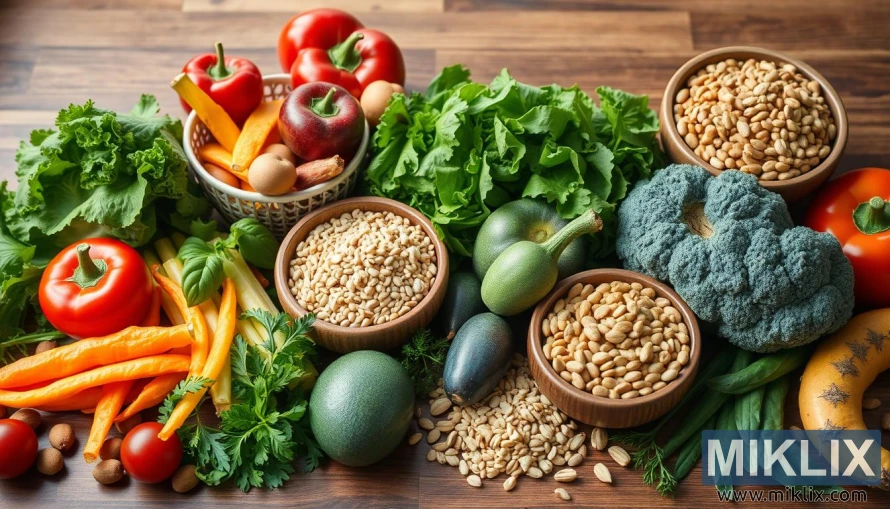
Why Focus on Nutrient-Dense Foods?
What makes a food truly "healthy" goes beyond calories. The most nutritious options provide essential vitamins, minerals, antioxidants, and beneficial compounds that support optimal body function. By prioritizing these foods, you can:
- Support your immune system with vital nutrients
- Maintain healthy energy levels throughout the day
- Reduce inflammation and oxidative stress
- Support healthy digestion with adequate fiber
- Manage weight more effectively
- Lower your risk of chronic diseases
A variety of nutrient-dense foods provide essential vitamins, minerals, and beneficial compounds
Powerful Superfoods
While all whole foods offer benefits, certain options stand out for their exceptional nutrient profiles. These "superfoods" pack an impressive array of health-promoting compounds into each serving.
1. Berries
Berries are nutritional powerhouses loaded with antioxidants, fiber, and vitamins. Their vibrant colors signal the presence of beneficial plant compounds that help fight oxidative stress and inflammation.
Blueberries
Rich in anthocyanins that support brain health and may improve memory, as well as significant amounts of fiber and vitamin C.
Strawberries
Exceptionally high in vitamin C, with one cup providing 150% of your daily needs. They're also a good source of manganese and antioxidants.
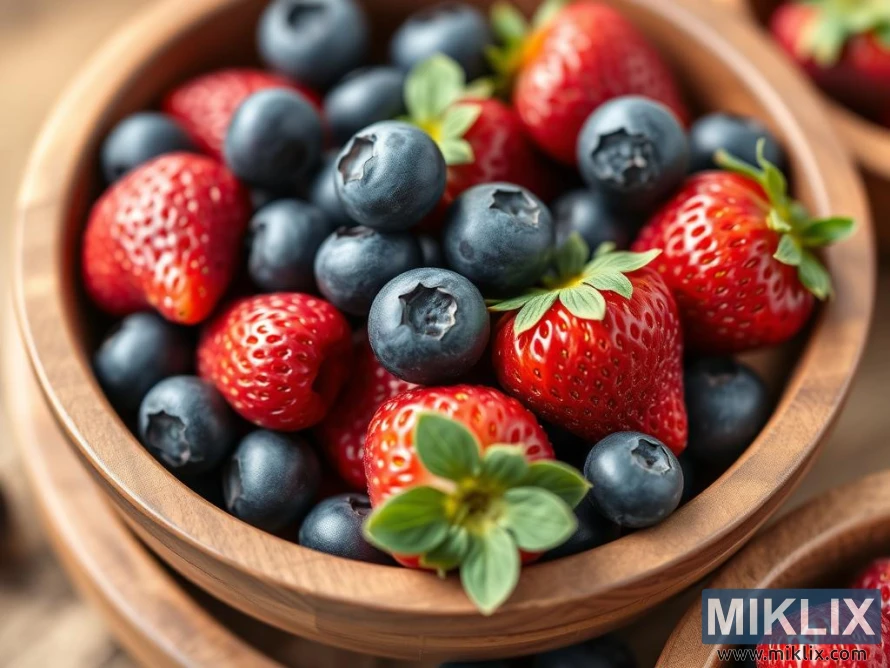
Berries are packed with antioxidants and essential nutrients
2. Leafy Greens
Dark leafy greens are among the most nutrient-dense foods on the planet. They're low in calories yet rich in vitamins, minerals, and beneficial plant compounds.
Kale
A nutritional standout with vitamins A, K, C, B6, manganese, calcium, copper, and potassium. One cup contains just 33 calories but provides 134% of your daily vitamin C needs.
Spinach
Packed with iron, folate, and vitamins A and K. It also contains kaempferol, a powerful antioxidant that may reduce cancer risk and inflammation.
3. Nuts and Seeds
These small but mighty foods deliver healthy fats, protein, fiber, and essential micronutrients. Despite being calorie-dense, research shows that regular nut consumption is associated with lower body weight and reduced disease risk.
Almonds
Rich in vitamin E, magnesium, and manganese. They support heart health by improving cholesterol levels and providing beneficial antioxidants.
Chia Seeds
A nutritional powerhouse with omega-3 fatty acids, fiber, protein, and various micronutrients. Just one ounce provides 11 grams of fiber and 4 grams of protein.
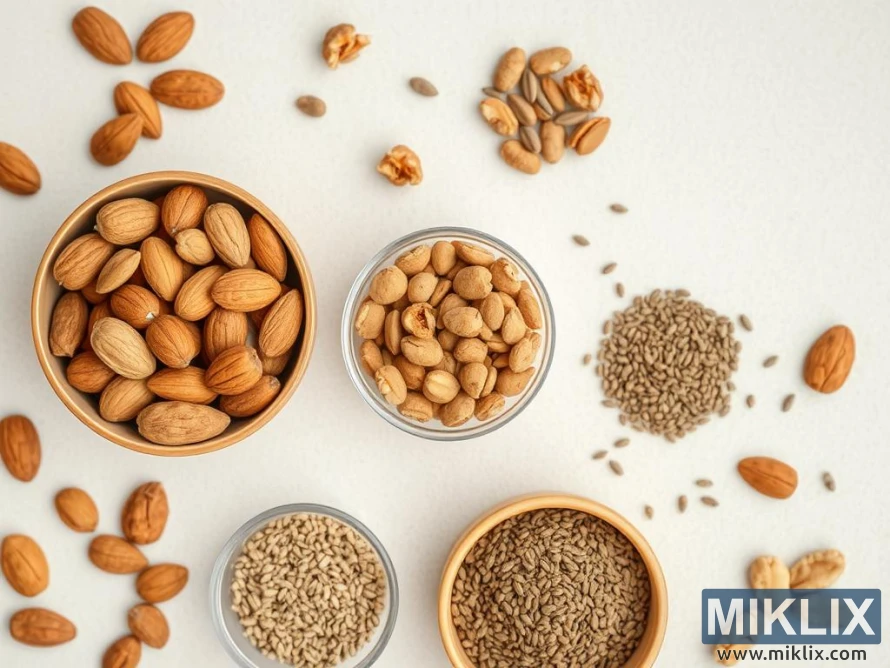
Nuts and seeds provide healthy fats, protein, and essential nutrients
Lean Proteins for Optimal Health
Protein is essential for building and repairing tissues, supporting immune function, and creating enzymes and hormones. These high-quality protein sources offer exceptional nutritional value.
1. Fish and Seafood
Fatty fish are among the most nutrient-dense protein sources available, rich in omega-3 fatty acids that support heart and brain health.
Salmon
An excellent source of high-quality protein, omega-3 fatty acids, and vitamin D. Just 3-4 ounces provides a full day's recommendation of omega-3s.
Sardines
Small but mighty fish that provide calcium (with bones), vitamin D, vitamin B12, and selenium. They're also sustainable and low in environmental contaminants.
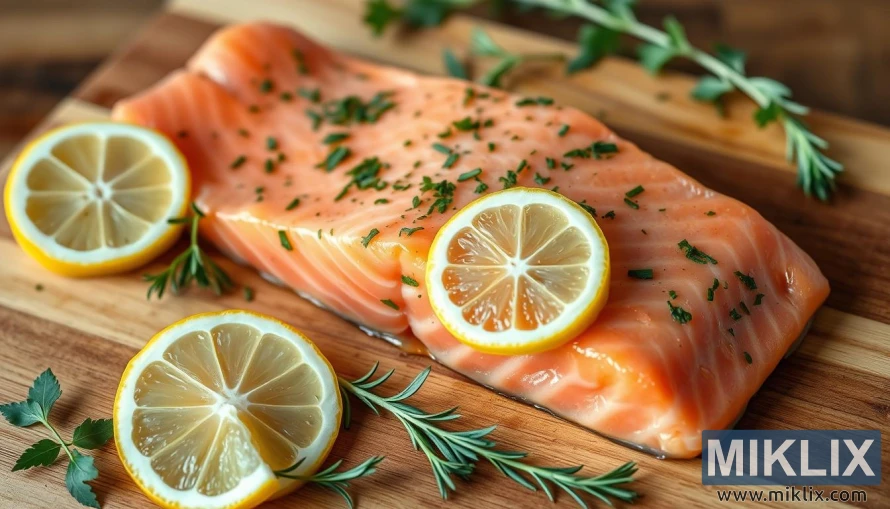
Fatty fish like salmon provide high-quality protein and essential omega-3 fatty acids
2. Eggs
Once controversial due to cholesterol concerns, eggs are now recognized as a nutritional powerhouse. They contain high-quality protein, healthy fats, and essential nutrients like choline for brain health.
3. Legumes
Beans, lentils, and peas are excellent plant-based protein sources that also provide fiber, complex carbohydrates, and various micronutrients.
Lentils
Packed with fiber, protein, iron, and folate. One cup of cooked lentils provides 18 grams of protein and 15 grams of fiber.
Chickpeas
Versatile legumes rich in protein, fiber, and nutrients like manganese and folate. They support digestive health and help regulate blood sugar.

Legumes provide plant-based protein, fiber, and essential nutrients
Healthy Carbohydrates
Not all carbs are created equal. These nutrient-rich carbohydrate sources provide sustained energy, fiber, and essential nutrients your body needs.
1. Whole Grains
Unlike refined grains, whole grains contain all parts of the grain kernel, providing fiber, protein, and various micronutrients.
Quinoa
A complete protein source containing all nine essential amino acids. It's also rich in magnesium, phosphorus, manganese, and folate.
Oats
Contain beta-glucan, a type of soluble fiber that helps lower cholesterol and improve blood sugar control. They're also rich in manganese, phosphorus, and magnesium.
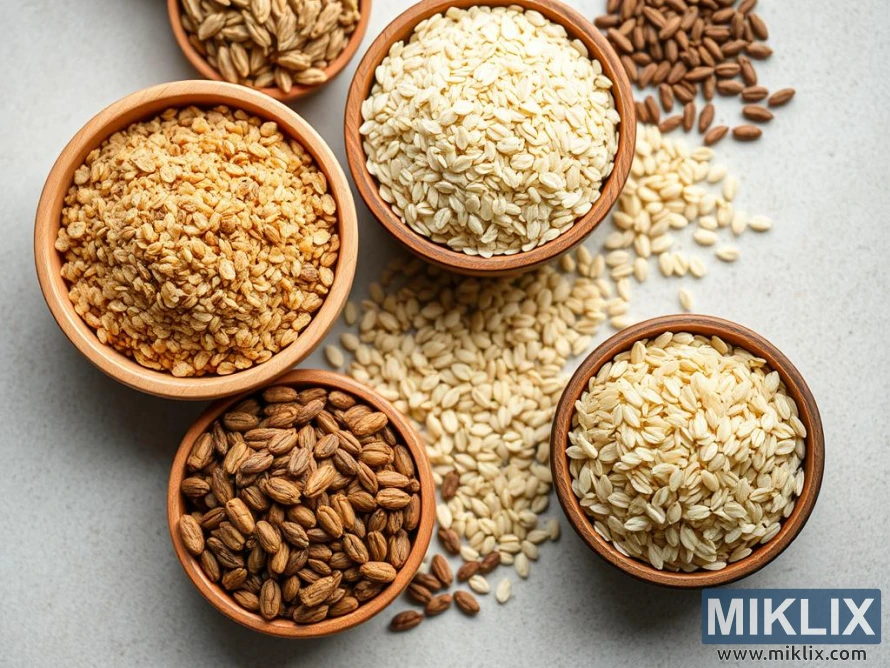
Whole grains provide fiber, protein, and essential nutrients
2. Sweet Potatoes
These vibrant tubers are packed with beta-carotene, which your body converts to vitamin A. They also provide vitamin C, potassium, and fiber.
3. Fruits
While berries deserve their own category, many other fruits offer exceptional nutritional benefits.
Apples
Rich in fiber, vitamin C, and various antioxidants. The fiber in apples, particularly pectin, feeds beneficial gut bacteria and supports digestive health.
Avocados
Technically a fruit, avocados are unique for their healthy fat content. They provide monounsaturated fats, fiber, potassium, and various micronutrients.
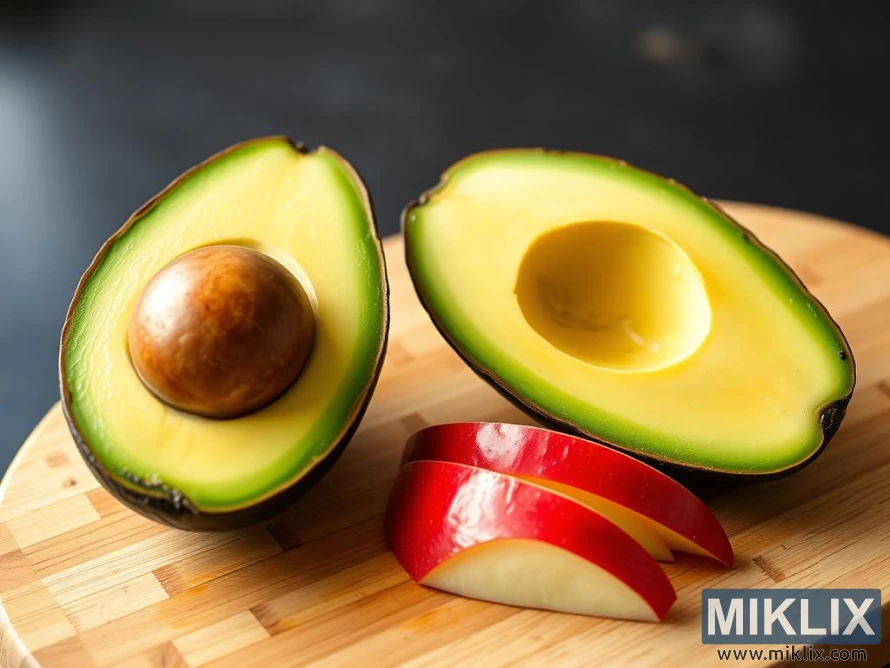
Fruits like apples and avocados provide fiber, vitamins, and beneficial compounds
Healthy Fats for Optimal Function
Contrary to outdated beliefs, certain fats are essential for health. These healthy fats support brain function, hormone production, nutrient absorption, and more.
1. Olive Oil
Extra virgin olive oil is rich in monounsaturated fats and powerful antioxidants. It's a cornerstone of the Mediterranean diet, associated with reduced risk of heart disease and other chronic conditions.
2. Fatty Fish
Beyond their protein content, fatty fish provide omega-3 fatty acids EPA and DHA, which support brain health, reduce inflammation, and protect heart function.
3. Nuts and Seeds
In addition to their protein content, nuts and seeds provide healthy fats that support heart health and reduce inflammation.
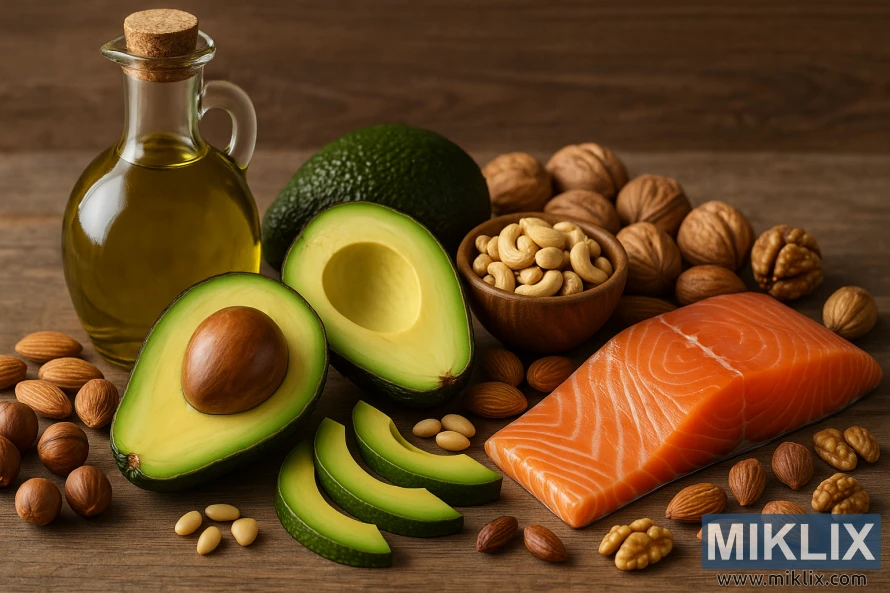
Healthy fat sources support brain function, hormone production, and nutrient absorption
Practical Tips for Incorporating Healthy Foods
Knowing which foods are nutritious is only half the battle. Here are practical strategies to make healthy eating a sustainable part of your lifestyle:
1. Start Your Day Right
Begin with a nutrient-packed breakfast like oatmeal topped with berries, nuts, and a drizzle of honey. This provides sustained energy and sets a healthy tone for the day.
2. Prep in Advance
Dedicate an hour each weekend to washing and chopping vegetables, cooking whole grains, or preparing healthy protein sources. This makes nutritious choices more convenient during busy weekdays.
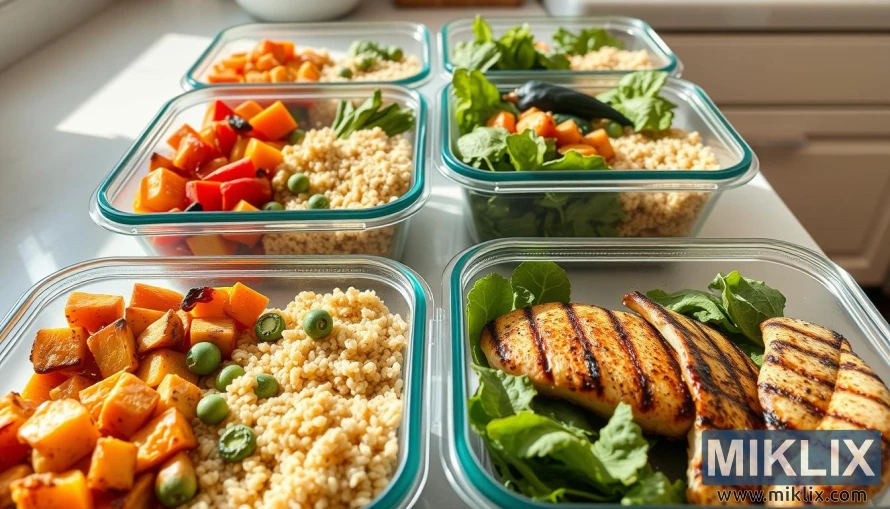
Meal prepping makes healthy eating more convenient throughout the week
3. Follow the Plate Method
Aim to fill half your plate with vegetables and fruits, one quarter with lean protein, and one quarter with whole grains or starchy vegetables. This ensures balanced nutrition at every meal.
4. Snack Smartly
Keep healthy snacks readily available to avoid reaching for processed options when hunger strikes. Good choices include:
- Apple slices with almond butter
- Greek yogurt with berries
- Hummus with vegetable sticks
- A small handful of mixed nuts
- Hard-boiled eggs
5. Make Simple Swaps
Small changes add up over time. Try these easy substitutions:
- Instead of white rice, choose brown rice or quinoa
- Instead of sugary breakfast cereal, choose oatmeal with fruit
- Instead of potato chips, choose nuts or roasted chickpeas
- Instead of soda, choose sparkling water with fruit
Simple food swaps can significantly improve your diet's nutritional value
Quick and Easy Nutritious Recipes
Put these healthy foods into action with these simple recipe ideas:
1. Power-Packed Smoothie Bowl
Blend frozen berries, a banana, spinach, and a splash of almond milk. Top with chia seeds, sliced almonds, and a drizzle of honey for a nutrient-dense breakfast.
2. Mediterranean Quinoa Salad
Combine cooked quinoa with diced cucumbers, cherry tomatoes, red onion, olives, and feta cheese. Dress with olive oil, lemon juice, and herbs for a protein-rich lunch.
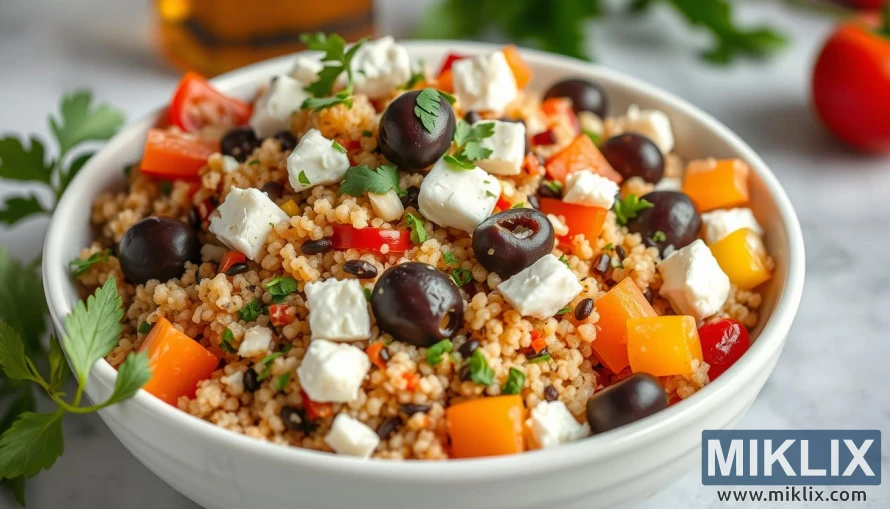
Mediterranean quinoa salad combines whole grains, vegetables, and healthy fats
3. Sheet Pan Salmon and Vegetables
Place salmon fillets on a baking sheet surrounded by broccoli, bell peppers, and sweet potatoes tossed in olive oil and herbs. Roast at 400°F (205°C) for 15-20 minutes for a complete dinner.
4. Lentil and Vegetable Soup
Simmer lentils with diced carrots, celery, onions, garlic, and vegetable broth. Season with herbs and spices for a hearty, fiber-rich meal.
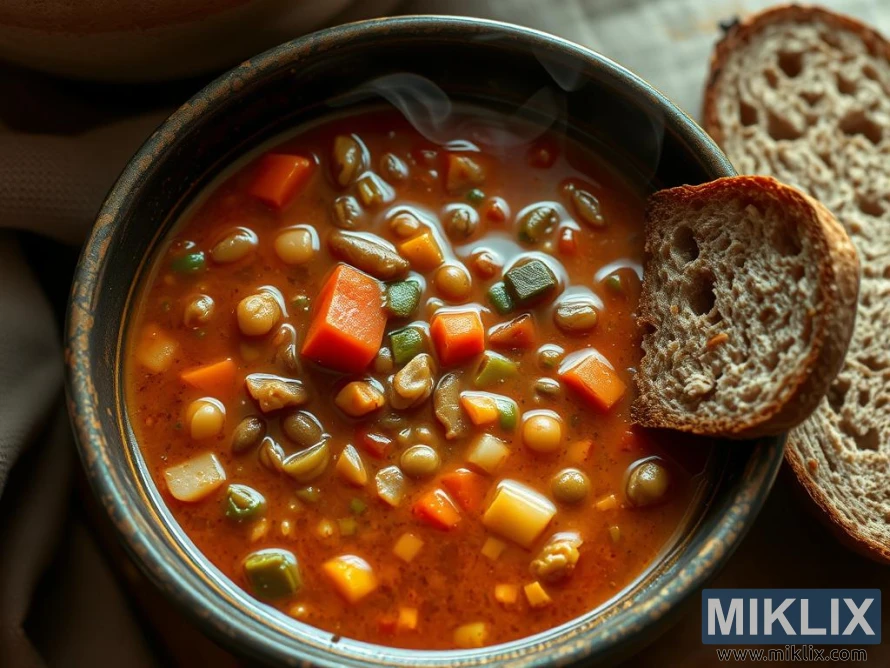
Lentil soup provides plant-based protein, fiber, and essential nutrients
Conclusion
The most healthy and nutritious foods provide your body with the building blocks it needs to function optimally. Rather than focusing on strict diets or temporary changes, aim to gradually incorporate more nutrient-dense options into your daily routine.
Remember that consistency matters more than perfection. Small, sustainable changes to your eating habits can lead to significant health improvements over time. Start by adding one or two new nutritious foods to your diet each week, and build upon your success as these choices become habitual.
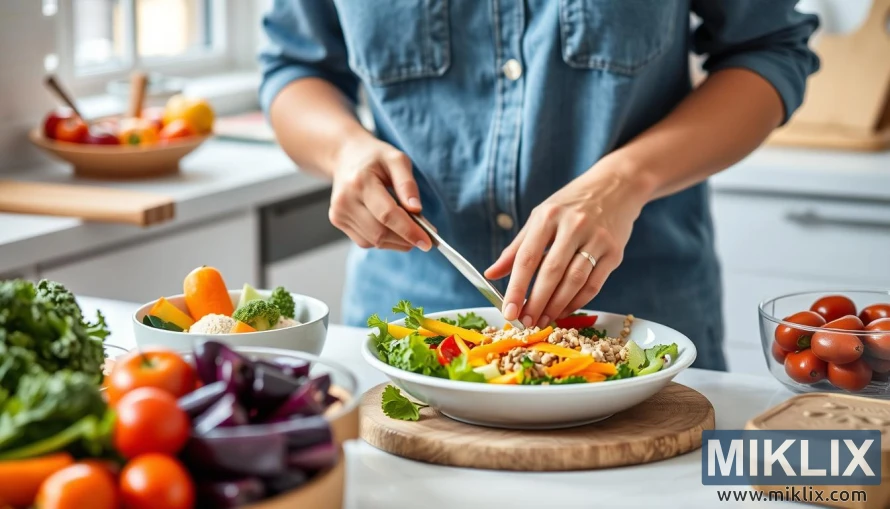
Building sustainable healthy eating habits is a journey, not a destination
Further Reading
If you enjoyed this post, you may also like these suggestions:
- Blueberries: Nature’s Tiny Health Bombs
- Chicken Meat: Fueling Your Body the Lean and Clean Way
- Tropical Treasure: Unlocking the Healing Powers of Coconuts
